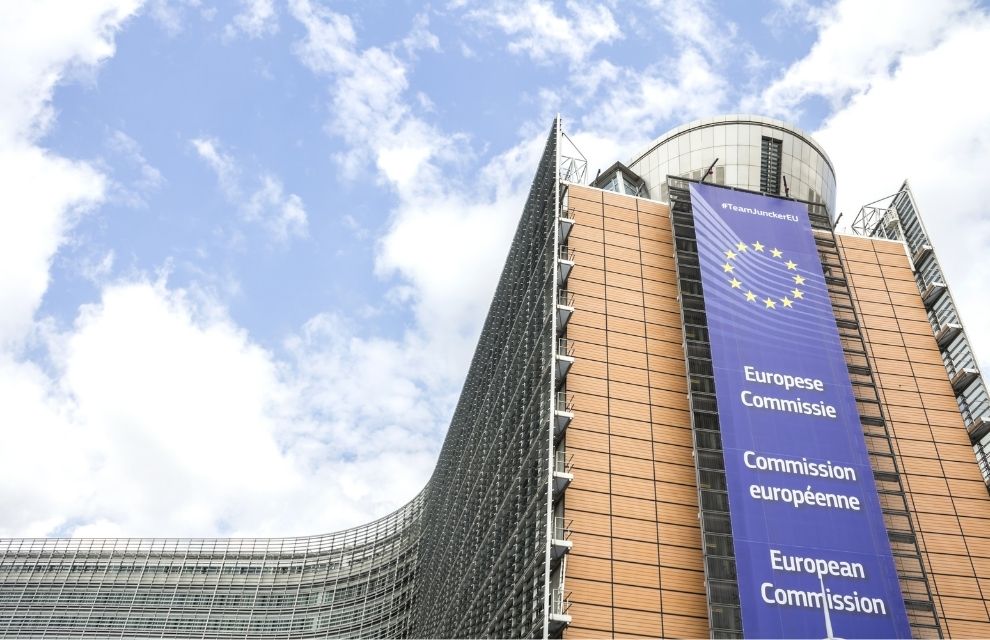The European Commission “needs to clarify certain aspects of the Central Securities Depositories Regulation” (CSDR) to provide legal certainty regarding the use of distributed ledger technology (DLT) utilised by Central Securities Depositories (CSDs), according to a new report by the European Securities and Markets Authority (ESMA).
The report, entitled “Use of fintech by CSDs”, has been compiled to inform the European Commission’s proposals on this topic in the framework of the review of CSDR.
In the report, ESMA spoke to National Competent Authorities (NCAs) and other relevant market players about their plans to use DLT for securities services in the coming future, and whether the current regulatory framework represents a barrier for them to implement their projects involving DLT.
ESMA underlined to the European Commission that it should clarify whether digital addresses held in a DLT platform can be considered “securities accounts” and whether data recorded on a DLT platform can be considered as “credits” and “debits” within the meaning of CSDR.
Staying on the issue of segregation requirements, ESMA also questioned whether Article 38 of CSDR can still be respected when segregated records are maintained on the DLT platform enabling the identification, at any time, of the assets that belong to a particular client, distinct from another client’s assets or from the CSD’s own assets.
Article 38 outlines requirements for the protection of securities of participants and those of their clients.
ESMA called attention to whether reconciliation measures under CSDR can be satisfied through real-time data sharing on DLT — ensuring that the integrity of the issue is preserved, essentially checking that the number of issued securities is equal to the sum of securities recorded on the DLT.
Regarding operational requirements, the association recommended to the European Commission to amend Article 35 of CSDR to allow CSDs to deploy DLT solutions using other communication standards or protocols if international open communication procedures and standards are not available for this specific type of technology.
Article 35 of CSDR highlights communication procedures with participants and other market infrastructures.
In cases where internationally accepted standards are not “available on a fair, open and non-discriminatory basis to any interested party” or do not exist, the competent authority of the CSD may allow that CSD to use other messaging standards, until international standards become available, ESMA suggested.
Commenting on the complexities of settlement of securities and of cash in a DLT environment, ESMA recommended the European Commission does not modify the definition of settlement in Article 2(1)(7) of CSDR, but suggests that this could be initially clarified through a Q&A, with amendments to be made thereafter, if necessary.
Article 2 of CSDR outlines definitions of areas surrounding the regulation, with section “(1)” outlining the meaning of a CSD and section “(7)” highlighting the meaning of a settlement: the completion of a securities transaction.
To collate the findings of the report, ESMA asked the opinions of the CSD NCAs, 17 CSDs and The European Banking Federation.
ESMA said: “The number of respondents having indicated that the current rules leave risks emerging from new technologies unaddressed is relatively low. Concerning DLT, while CSDs generally recognise its disruptive potential in the field of CSD services, its deployment is extremely limited at this stage. Presently CSDs are not using DLT but rather investigating its use and planning to use it in the coming years.”
Having said this, the association still underlines the importance of clarification around the DLT technology used by CSDs for the years to come, to which it commented: “The feedback received by ESMA shows that many CSDs are planning to deploy DLT in the next 3 to 5 years.”
“[DLT] technology could facilitate integration in post trading by providing an infrastructure ensuring that every user has a consistent and updated view of the assets for which it is responsible and that the same assets can be transferred with a high degree of automation.”
It added: “The impact that this technology could have among others in issuance and settlement justifies the attention it has attracted from the industry and from policy makers.”
 Image: doganmesut
Image: doganmesut 